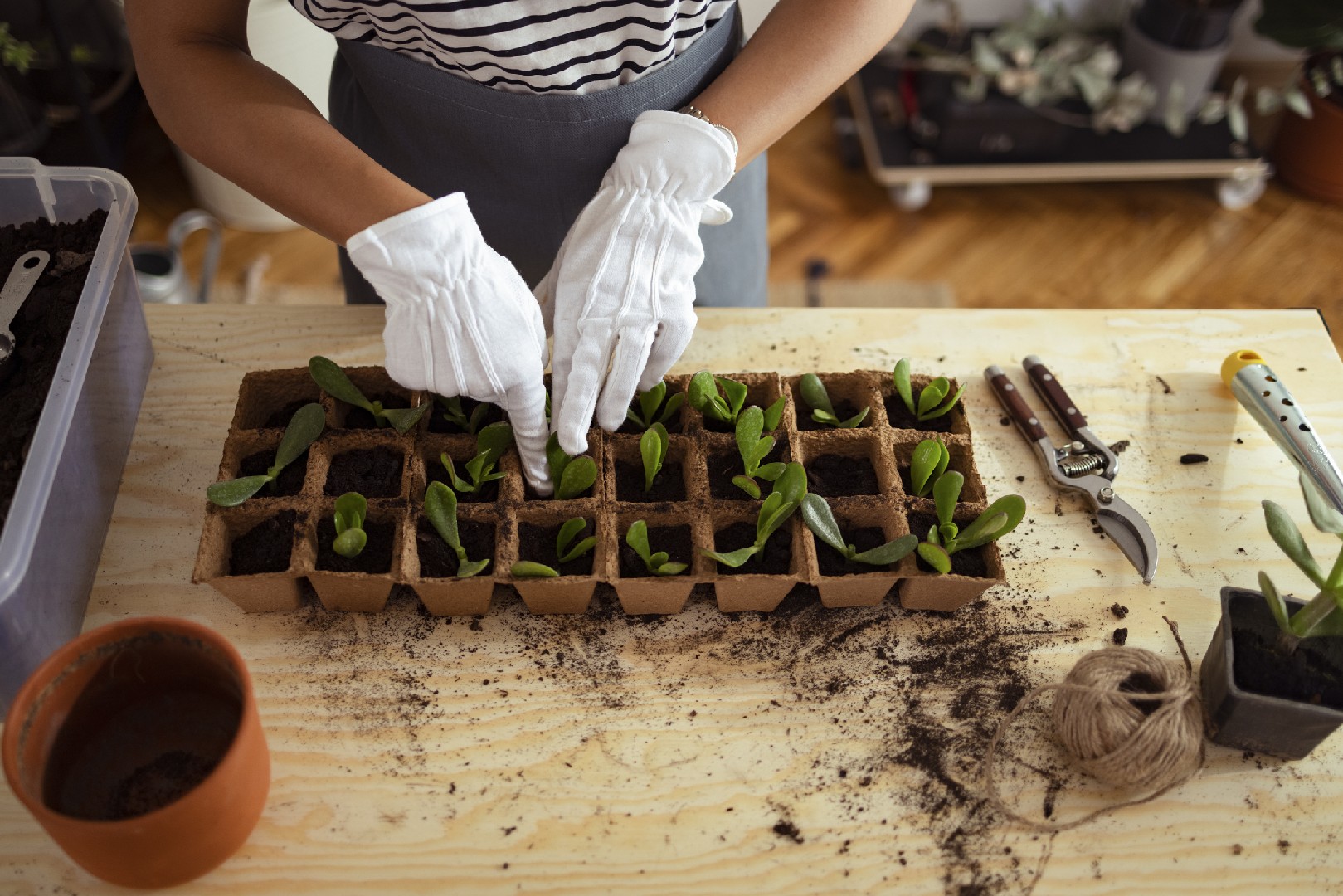![Rectangle]()
Understanding Leaf Cuttings Propagation
Leaf cuttings propagation is a simple and effective method of growing new plants. It involves taking a leaf from a parent plant and using it to create a new plant. This propagation technique is particularly useful for plants that are difficult to propagate by other methods, such as those that don't produce viable seeds or have a low success rate with stem cuttings.
The benefits of leaf cuttings propagation in gardening are numerous. Firstly, it allows for the production of multiple plants from a single leaf, which can be a cost-effective way to expand your garden or share plants with friends and family. Additionally, this method can be used to preserve rare or hard-to-find plant species, as it doesn't require a large quantity of plant material.
Before attempting leaf cuttings propagation, it is important to choose the right plant species. Not all plants can be propagated successfully using this method. Some plants that are commonly propagated through leaf cuttings include succulents, such as jade plants and Echeverias, as well as certain begonias, African violets, and many tropical foliage plants. It is important to research and identify the specific requirements of each plant to ensure successful propagation.
To propagate plants from leaf cuttings, there are a few key steps to follow. Firstly, select a healthy leaf from the parent plant. Ideally, choose a leaf that is fully mature and free from any signs of disease or damage. Using a clean, sharp knife or scissors, carefully cut the leaf from the stem, making sure to include a small portion of the stem or petiole.
Once the leaf has been removed, it is important to prepare it for propagation. Some plants will require the leaf to be treated with a rooting hormone to encourage root development. This can be done by dipping the cut end of the leaf into a powdered rooting hormone before planting.
Next, prepare a suitable propagation medium. Depending on the plant species, this could be a well-draining potting mix, perlite, vermiculite, or a mixture of these materials. Make sure the medium is moist but not overly wet, as excessive moisture can lead to rot.
Now it's time to plant the leaf cutting. Make a small hole in the propagation medium using a pencil or your finger, and gently place the cut end of the leaf into the hole. Gently press the medium around the base of the leaf to secure it in place.
After planting, place the leaf cutting in a warm, bright location, but avoid direct sunlight, as this can cause the leaf to dry out or scorch. Mist the leaf with water regularly to maintain humidity and prevent it from drying out.
In a few weeks to a few months, depending on the plant species, roots will begin to develop from the cut end of the leaf, and eventually, a new plantlet will emerge. At this point, the leaf cutting can be potted individually or left to grow larger before transplanting.
Leaf cuttings propagation is a rewarding and fascinating method of plant propagation. It allows you to create new plants from a single leaf, and with some patience and care, you can watch your leaf cuttings grow into mature plants. So why not give leaf cuttings propagation a try and expand your garden with ease and creativity?





